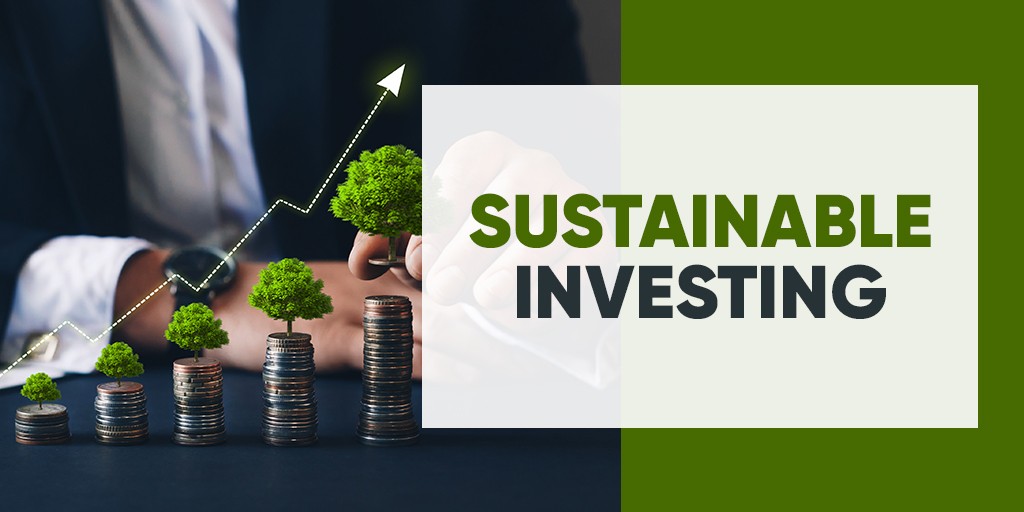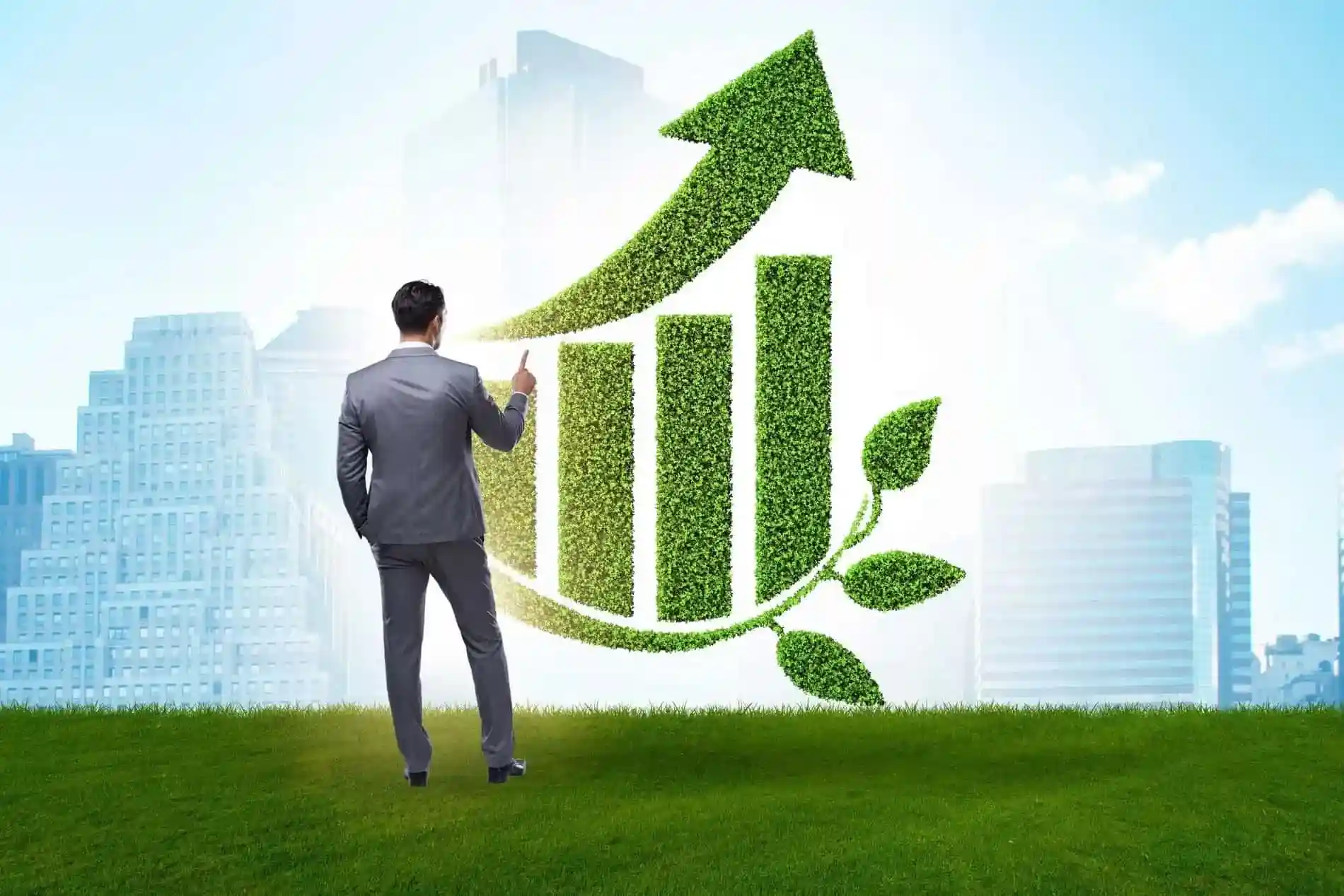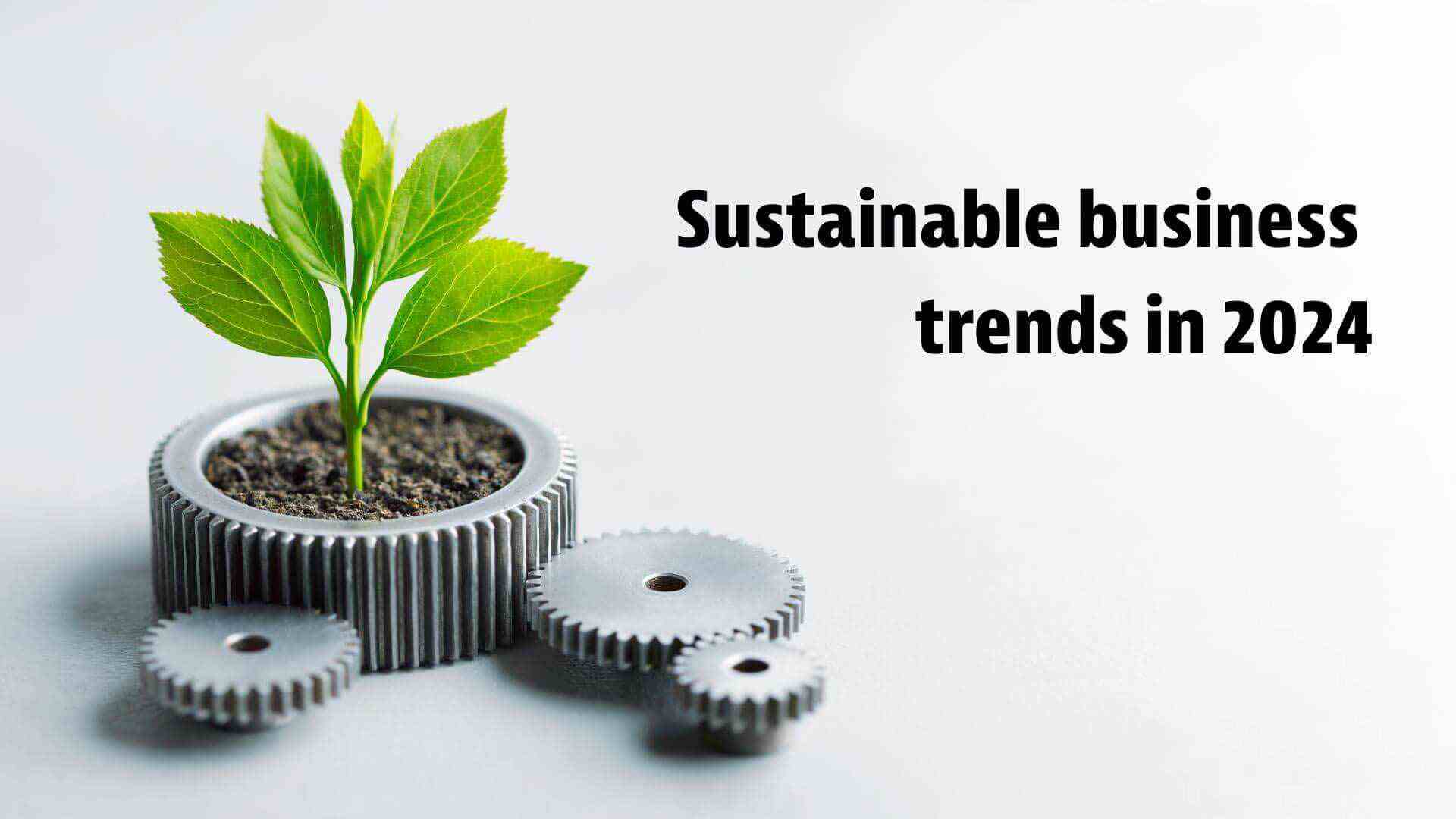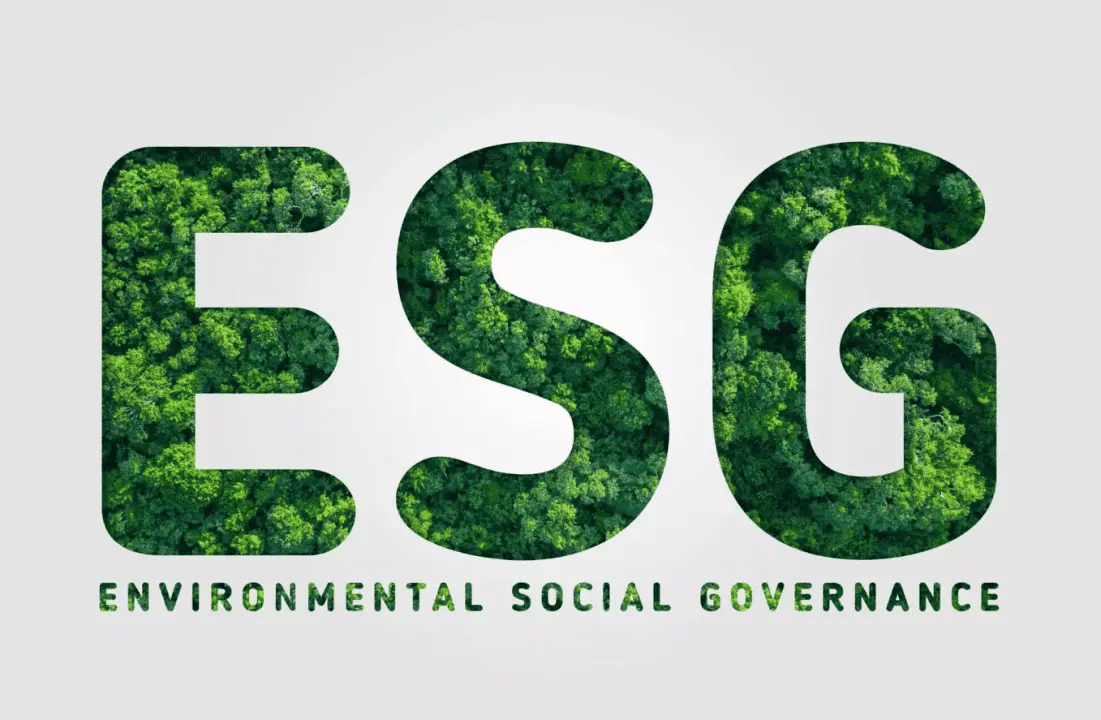Sustainable Investing Regulations: It’s a new world out there in the finance game, punctuated by a green wave that’s reshaping how we think about our money’s impact. This wave isn’t just a fad; laws and rules are now catching up. As an expert, I’m here to help you understand this changing scene. We’ll dive into why ESG—that’s environmental, social, and governance criteria—is key in choosing investments, and how keeping up with rules like the EU Taxonomy and SFDR shapes your strategy. It’s about more than just being good; it’s about smart moves that ensure your investments do well by doing good. Ready to ride the wave with confidence? Let’s unpack how to stay ahead in this green financial landscape.
Understanding ESG Criteria in Finance
The Role of ESG in Investment Decision Making
What shapes an investment’s future? People now look at ESG criteria in finance. That’s how we rate a firm’s care for the environment, their crew, and their bosses’ rules. Smart investors use ESG to pick stocks. They know that these things can make profit rise or fall.
We’re seeing this as we speak. Many go for funds that follow ESG reporting standards. They track how companies stack up on clean air rules and fair work. This is not just good; it’s smart. Firms that care about their impact often win more in the long run.
Trends in ESG Integration and Performance Measurement
Keeping track of ESG gets ticklish. Yet, it’s key for seeing if an investment is sound. There’s a trend where the SEC climate risk disclosure helps a lot. They say firms must be clear about how the weather can hurt their cash.
Then there’s the EU taxonomy for sustainable activities. It lists what’s truly green or not. This helps investors sort the green from the fake. It’s a clear guide to what helps the earth.
We also look at the Task Force on Climate-related Financial Disclosures or TCFD. They guide folks on what to tell the world about climate risks. If firms follow TCFD, they tell us plain how wind and water may shape their fate.
For those in charge of others’ money, fiduciary duties and sustainability are now linked. You must watch out for earth risks as you handle cash. It’s about being fair to those whose cash you watch.
To sum up, ESG holds much sway in investment calls now. It’s not just a fad. It’s part of making sure money grows in the right way. Investors want to know their cash helps the world, not hurts it. And rules like the TCFD make sure the truth is out there.
As the ground keeps shifting, pros like me are here to guide the way. We help folks see how deep green their stocks are. We map their path in a world that asks more about being just and clean. That’s a win not just for the now, but the long haul.
Navigating Disclosure and Regulation: From TCFD to EU Taxonomy
Evolving Standards in Climate-Related Financial Disclosure
New rules are changing how firms talk about climate risks. The Task Force on Climate-related Financial Disclosures (TCFD) helps here. They lay down what firms must share about how climate change affects them. This means that when a company tells its story, it must include its carbon footprint. Let’s say, it must also show how climate change may be a risk for its cash flow.
What the TCFD wants is clear: show how ready you are for climate change. This gets firms to think about the long run. They must look at the risks and the big changes coming. And this makes sense, right? We all want to know that our money helps the earth, not hurts it.
The Impact of EU Taxonomy and SFDR on Investment Strategies
Now let’s sail to Europe. The EU has its own rules, like the EU taxonomy for sustainable activities. It’s a big list that shows which investments are truly green. This helps stop “greenwashing”, where firms say they are green but really aren’t. Along with this, we have the Sustainable Finance Disclosure Regulation (SFDR). The SFDR is a set of rules that make sure firms tell the truth about how green their investments are.
What does this mean for your investment strategy? You need to check your money is going into things that are really good for the planet. It’s like a recipe for green investing. You look at the list, you follow the rules, and you make sure you’re cooking up something that won’t harm our world.
Navigating these rules can feel like a trek in the wild. But they’re here to guide us. By following them, we can make sure our money makes a difference. And this isn’t just good for the earth; it’s good for our wallets too. People want to invest in companies that look to the future. So, by sticking to these standards and rules, firms can win over more investors.
There’s a lot to know, and it keeps changing. But remember, these rules are your friends. They lead to smarter choices and a cleaner world. Stick close to them, and you’ll be on your way to making a real, green impact with your investments.
Fostering Ethical Investment: The Importance of Adherence to PRI and SFDR
Challenges and Opportunities for PRI Signatories
Being true to PRI means big wins for everyone. What is PRI? It stands for Principles for Responsible Investment. It is like a promise to do right by our world while investing. All who sign up agree to think about the earth and society before making money moves.
Some ask, “Why sign PRI?” Simple. It can boost trust with clients and help bring change to investing. But, it’s not all smooth sailing. Staying true to PRI can be tough. Investors might find it hard to check all the right boxes on environmental care, society, and leadership.
Yet, there’s a silver lining. PRI’s push businesses towards a greener tomorrow. They help find risks tied to the planet and society in their investment choices. These risks could hurt both the world and their money. So spotting them early is key.
Strategic SFDR Compliance for Investment Products
Now, let’s dive into the SFDR. That’s the Sustainable Finance Disclosure Regulation. This rule asks funds and investors to tell on themselves. They must share how they deal with ESG – or, how they think about the planet, people, and doing the right thing in their investments.
For them, the SFDR’s like a map. It points them on how to talk about their green choices. This keeps folks aware and trust up. But it’s not so easy. They have to stick to certain steps and share just the right info. If they slip up, trust could dip, and rules might snap hard on them.
All in all, handling SFDR needs a wise plan. Funds must know what to share and when. They have to show they’re not just all talk. Their ESG game must be strong, and they’ve got to prove it. It’s a big job, but it can make them leaders in the green investing space.
These PRI and SFDR rules make for a fair game in investing. They help us invest not only for our wallets but for a better world, too. Following them can be hard, yes. But it’s a challenge worth taking on. It could mean a safer, greener, happier planet and good vibes all around for businesses and their backers.
Future-Proofing Portfolios: Environmental Risk and Sustainability Frameworks
Incorporating TCFD Recommendations into Risk Management
Let’s talk about keeping your money safe as the world changes. Imagine you’re building a fort. You want it to last long, right? That’s how investing with the Task Force on Climate-related Financial Disclosures (TCFD) works. They give advice on how to look at how the weather and the earth might change. This helps you make smart choices with your money.
TCFD says, “Know the weather risks!” Look at how storms or a hot planet can hurt your money. See how new rules on keeping air clean matter to you. Ask, “What will happen if the world gets hotter?” Answer it with facts and plans. Do this, and you make your money plans strong against these changes.
Using TCFD stuff means you check on four big things: how you run your game plan, what you know, how risky it is, and what numbers show you. This way, all who put money in know what can happen. They feel cool about where they put their cash.
Implementing Robust Governance Frameworks for Green Investing
Now let’s make your money plans even stronger. This time think like a boss who loves the Earth. Make rules that show you care about green money moves, like clean air projects or solar power. These are Governance Frameworks. They’re like strong roots for green investing. They help you pick where to put your money in a way that’s good for the Earth.
Green Bond Principles say, “Here’s how to do right by green projects.” Follow them, and people trust you with their money. Show that you check where every dollar goes. Tell folks how it helps the Earth. Keep your eyes on the prize – making money while doing good.
ESG reporting standards show you how to tell your green money story well. It’s like sharing a clear map of where your money adventure goes. It helps people see why your green picks rock and trust you more. EU Taxonomy for Sustainable Activities lists all the cool Earth-friendly moves you can make with your cash.
It’s important to do what’s right for the Earth and people’s money too. These are your fiduciary duties. They’re big promises to use power well. Stick to these, and you keep your money fort safe and make it green.
Remember, the world cares more every day about Earth-friendly investing. You might think it’s tough to follow all these rules. But they guide you to make wiser moves with your money. You’ll be a hero, making cash and helping our planet.
You can’t stop the world from changing. But you can change how you think about money. Use TCFD tips and strong green rules, and you’re set. You’re helping the Earth, and that’s a feel-good bonus. Plus, when you do good, you often earn more too. Win-win!
With these steps, your money plans are ready for tomorrow. You know what’s up with the Earth and how to play it smart financially. You’re set for a brighter future, with good green cash moves leading the way.
In this post, we’ve tackled how ESG criteria are changing the finance game. We looked at ESG’s heavy lift in investment choices, followed the trends of ESG’s growth, and performance measures. Understanding climate-related financial info and EU rules is key for investors.
The talk then turned to the big rules in the game: TCFD and EU Taxonomy. Both are shaking things up in finance. And let’s not forget the roles of PRI and SFDR in ethical investment. Challenges are there, but so are chances to stand out in the market.
Lastly, we dived into how investors must manage environmental risks. Strong risk management using TCFD tips and green governance frameworks are not just buzzwords; they are must-haves for your money’s future.
So what’s the bottom line? If you’re putting money into the market, you need to play by these new rules. Being ESG-smart isn’t just nice, it’s essential. It’s about making money while making a positive impact. And that’s something to aim for, right?
Q&A :
What are the main sustainable investing regulations to be aware of?
Sustainable investing regulations encompass a range of rules and standards aimed at ensuring investments contribute to environmental stewardship, social responsibility, and strong governance (ESG). Globally, investors may need to consider the EU Sustainable Finance Disclosure Regulation (SFDR), the US Department of Labor’s ESG investing rules for retirement plans, and various national regulations that encourage or mandate sustainable investment practices.
How do sustainable investing regulations impact investors’ decisions?
Regulatory frameworks for sustainable investing influence investors by setting disclosure requirements, providing tax incentives, or imposing penalties for non-adherence. They can affect investment strategies, as investors may need to integrate ESG factors into their investment analyses to comply with these regulations and manage risks more effectively. Additionally, such regulations can drive capital towards more sustainable economic activities and companies.
Are there international standards for sustainable investing?
Yes, while there is no universal set of rules, several international frameworks and standards guide sustainable investing. These include the Principles for Responsible Investment (PRI), the Global Reporting Initiative (GRI), and the Sustainable Accounting Standards Board (SASB). The Task Force on Climate-related Financial Disclosures (TCFD) also provides recommendations on climate-related financial risk disclosures.
How do sustainable investing regulations vary by country?
Sustainable investing regulations can vary widely by country, reflecting different economic policies, cultures, and priorities. For example, the European Union has been a leader with its Action Plan on Financing Sustainable Growth, while the United States’ approach has historically been more market-driven, though recent initiatives are signaling a shift towards stricter sustainable investment guidelines at the federal level.
What future trends are expected in the evolution of sustainable investing regulations?
The trend in sustainable investing is moving towards more transparency, accountability, and rigor in ESG reporting and integration. It is expected that there will be an increase in mandatory ESG disclosures and a convergence of international standards to streamline the process for investors and companies alike. This evolution is likely to be shaped by the increasing recognition of climate risks, growing investor demand for sustainable products, and heightened societal focus on sustainability.






